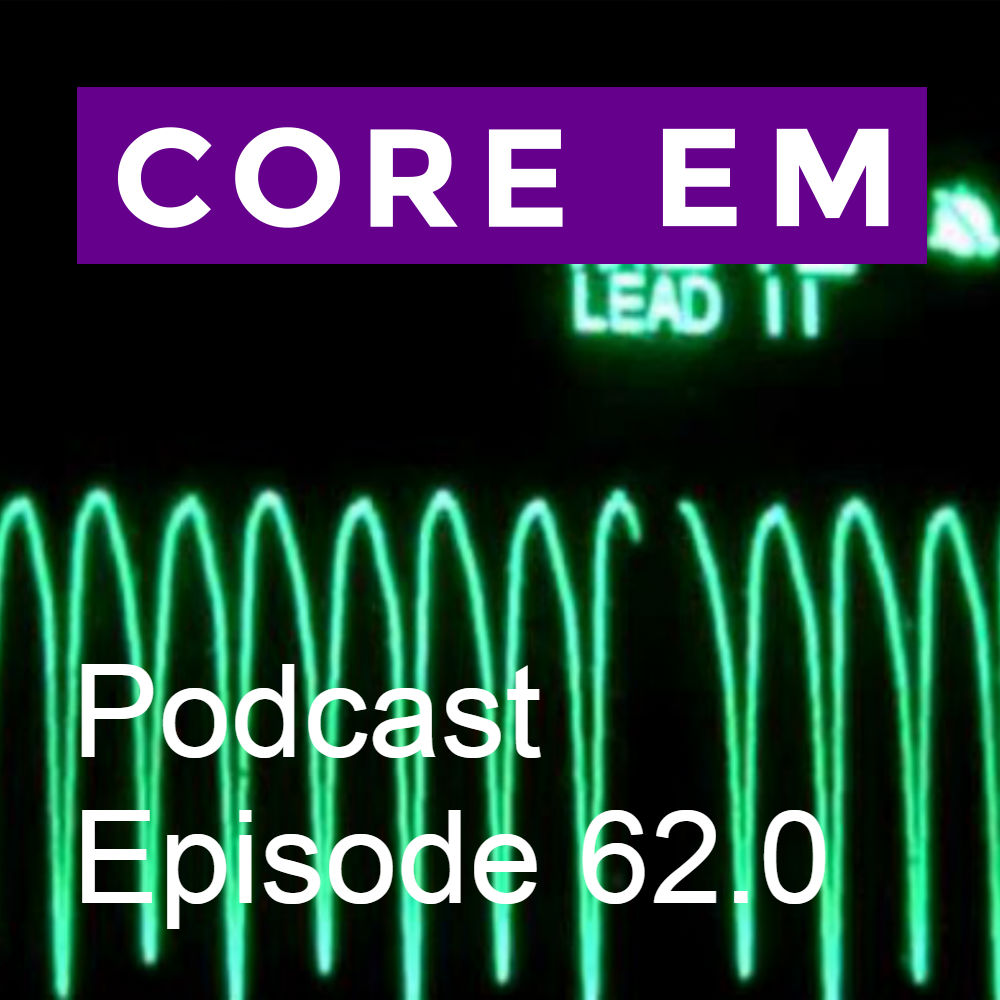This week we discuss the ED management of cardiac arrest with VFib and pulseless VTach.

 Core EM - Emergency Medicine Podcast
Core EM - Emergency Medicine Podcast Episode 62.0 – VFib and Pulseless VTach
7 snips
Sep 5, 2016 Delve into the urgent strategies for managing pulseless ventricular tachycardia and ventricular fibrillation. Timely defibrillation and high-quality chest compressions are crucial in cardiac arrest situations. Traditional ACLS guidelines are challenged, advocating for a more flexible approach to medication use. Discover insights on beta blockers and innovative dual defibrillation techniques that could enhance resuscitation outcomes. This discussion empowers emergency physicians to elevate their cardiac arrest response and improve patient care.
AI Snips
Chapters
Transcript
Episode notes
VFib & VTach Survival Insight
- Patients with initial rhythms of VFib or pulseless VTach in cardiac arrest have better survival chances than those with asystole or PEA.
- Survival with good neurologic outcomes can reach 20% in these cases, much higher than the general 7-9%.
Prioritize Electricity and Compressions
- Deliver defibrillation promptly when indicated and perform high-quality CPR with minimal interruptions.
- Maximize compression fraction to improve perfusion during cardiac arrest with VFib or VTach.
Epinephrine's Neurologic Outcome Limits
- Epinephrine increases return of spontaneous circulation but does not improve survival with good neurologic outcomes.
- Achieving ROSC alone is insufficient; neurological outcome is the key measure of effective resuscitation.


